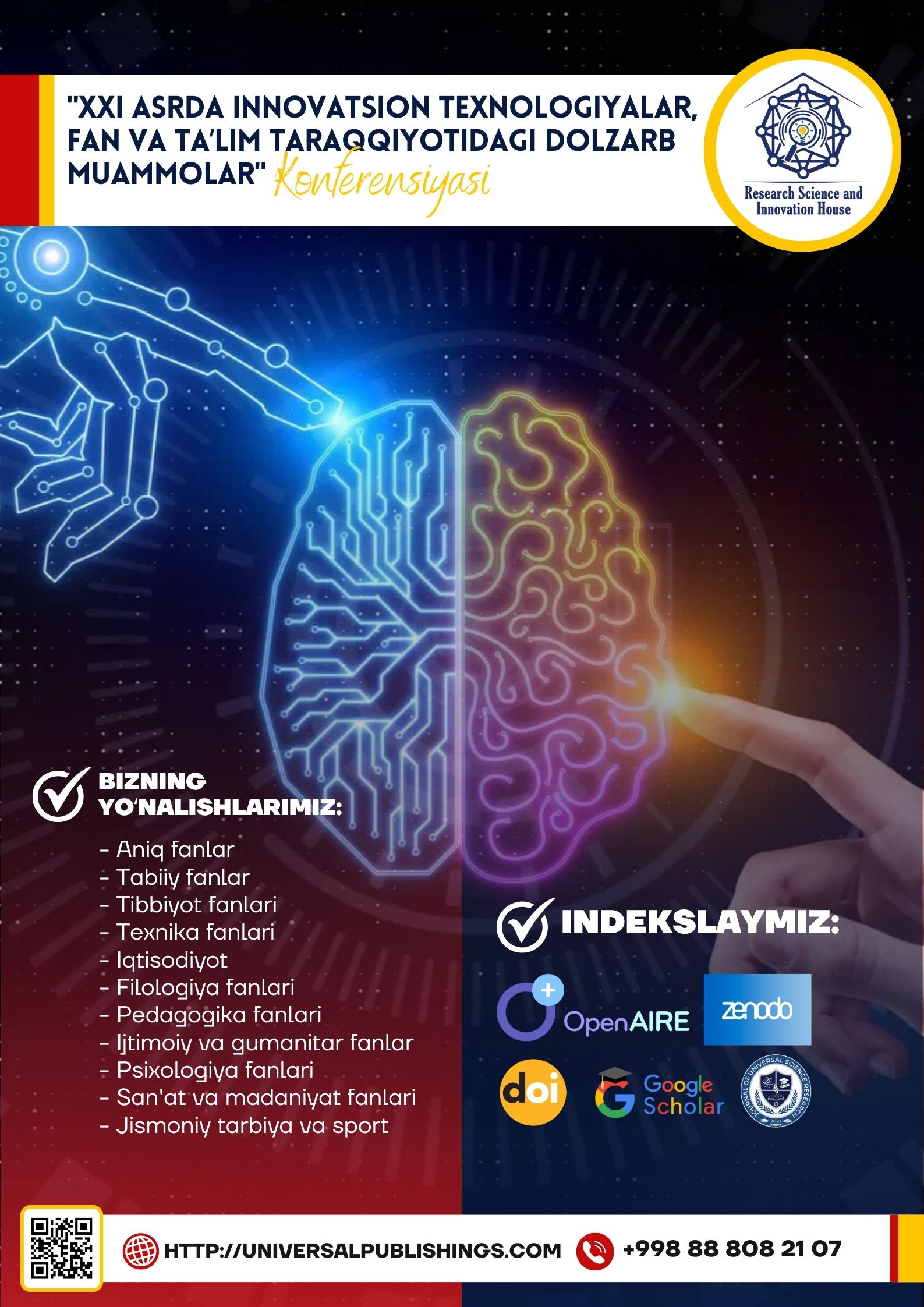Abstract
This article discusses the critical role that syllables play in language, emphasizing their importance in pronunciation, reading, and writing. It explains what syllables are, detailing their structure and function within words. The article outlines different types of syllables, such as closed, open, vowel-consonant-e, vowel team, and r-controlled syllables, highlighting how each type contributes to word formation and pronunciation. The article also examines the significance of syllable separation, or syllabification, as a tool for improving literacy skills. It presents basic rules for separating syllables, including the vowel-consonant-vowel rule, handling double consonants, and recognizing consonant-le endings. These rules are illustrated with examples, demonstrating practical applications in reading, writing, and phonics instruction. By breaking down the concepts of syllables, their formation, and separation, the article provides valuable insights for educators, students, and language learners. It underscores the necessity of syllable awareness in enhancing language proficiency, communication skills, and overall literacy development. The article serves as a resource for those interested in understanding the foundational aspects of language and the mechanics of syllable structure.
References
1. Brown, H. D. (2007). Principles of Language Learning and Teaching. Pearson Education.
2. Clyne, M. (1991). Community Languages: Their Roles in Maintaining Language Diversity. Australian National University Press.
3. Gillon, G. (2004). Phonological Awareness: From Research to Practice. Guilford Press.
4. Kahn, D. (1976). Syllable-Based Generalizations in English Phonology. University of Massachusetts Press.
5. McLeod, S. (2016). Syllables: A Short Guide for Parents. Speech Pathology Australia. Retrieved from [Speech Pathology Australia](https://www.speechpathologyaustralia.org.au).
6. Read, C. (2000). The Development of Phonological Awareness. In D. J. O'Connor & A. C. Scott (Eds.), Handbook of Research on Teaching Literacy Through the Communicative and Visual Arts (pp. 23-32). Lawrence Erlbaum Associates.
7. Treiman, R. (1993). Phonological Awareness and Spelling Development. In R. L. Ruddell & N. Unrau (Eds.), Theoretical Models and Processes of Reading (pp. 144-166). International Reading Association.
8. Teshaboyeva, N., & Mamayoqubova, S. (2020). COMMUNICATIVE APPROACH TO LANGUAGE TEACHING. In МОЛОДОЙ ИССЛЕДОВАТЕЛЬ: ВЫЗОВЫ И ПЕРСПЕКТИВЫ (pp. 409-414).
9. Teshaboyeva, N. (2020). LINGUISTIC PERSONALITY, ITS STRUCTURAL CHARACTERISTICS IN THE NEW PERSPECTIVE DIRECTIONS. In МОЛОДОЙ ИССЛЕДОВАТЕЛЬ: ВЫЗОВЫ И ПЕРСПЕКТИВЫ (pp. 415-420).
10. Teshaboyeva, N. Z. (2019). TEACHING ENGLISH THROUGH LITERATURE INTESL AND TEFL CLASSROOMS. In СОВРЕМЕННЫЕ ТЕХНОЛОГИИ: АКТУАЛЬНЫЕ ВОПРОСЫ, ДОСТИЖЕНИЯ И ИННОВАЦИИ (pp. 82-84).
11. Хидирова, Д., & Тешабоева, Н. (2022). Pedagogical conditions for the development of the healthy thinking in students. Zamonaviy innovatsion tadqiqotlarning dolzarb muammolari va rivojlanish tendensiyalari: yechimlar va istiqbollar, 1(1), 120-122.
12. Gaybullayeva, N. D. K., & Kizi, T. N. Z. (2022). THE ROLE OF INNOVATIVE METHODS FOR LISTENING COMPREHENSION IN TEACHING LANGUAGE LEARNERS FOREIGN LANGUAGES AND MAINLY ENGLISH. Central Asian Research Journal for Interdisciplinary Studies (CARJIS), 2(10), 8-10.
13. Teshaboyeva Nafisa Zubaydulla qizi, Jurayev Muhammadrahim Murod o’g’li, & Mamirova Munisa Rajab qizi. (2021). Language Learning Culturally and the Role of Literature in Teaching Process. Central Asian Journal of Theoretical and Applied Science, 2(3), 1-5. Retrieved from https://www.cajotas.centralasianstudies.org/index.php/CAJOTAS/article/view/84
14. Teshaboyeva, N. (2023). THE IMPORTANCE OF TOURISM IN PRESENT DAY. Журнал иностранных языков и лингвистики, 5(5).
15. Teshaboyeva, N. (2023). THE MODERN INNOVATIVE TECHNOLOGIES IN TEACHING FOREIGN LANGUAGES. Журнал иностранных языков и лингвистики, 5(5).
16. Teshaboyeva, N. Z. (2023, November). Adjective word group and its types. In " Conference on Universal Science Research 2023" (Vol. 1, No. 11, pp. 59-61).
17. Teshaboyeva, N. Z. (2023, November). Modifications of Consonants in Connected speech. In " Conference on Universal Science Research 2023" (Vol. 1, No. 11, pp. 7-9).
18. Teshaboyeva, N., & Rayimberdiyev, S. (2023, May). THE IMPORTANCE OF USING MULTIMEDIA TECHNOLOGY IN TEACHING ENGLISH CLASSES. In Academic International Conference on Multi-Disciplinary Studies and Education (Vol. 1, No. 8, pp. 149-153).
19. Nafisa, T., & Marina, S. (2023). TEACHING AND LEARNING OF ENGLISH VOCABULARY IN TESL AND TEFL CLASSROOMS. International Journal of Contemporary Scientific and Technical Research, 465-469.

